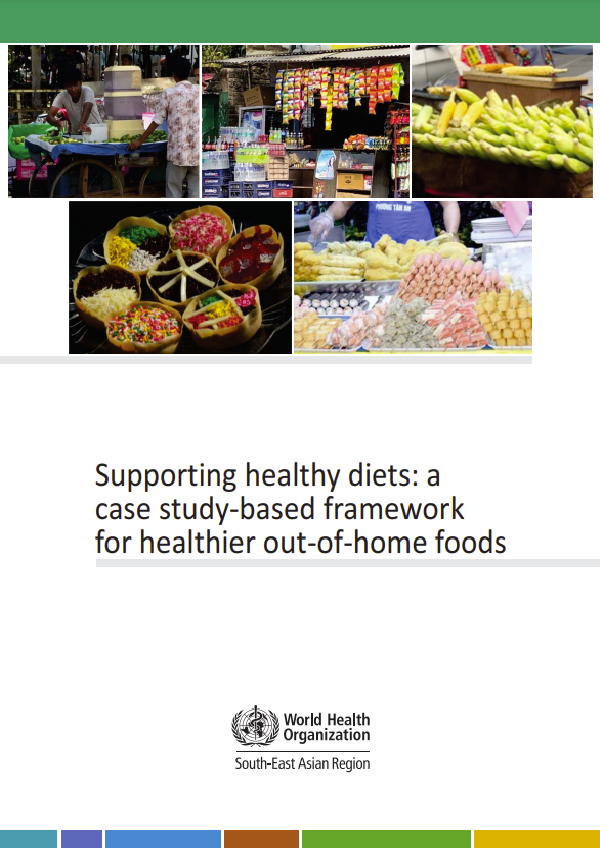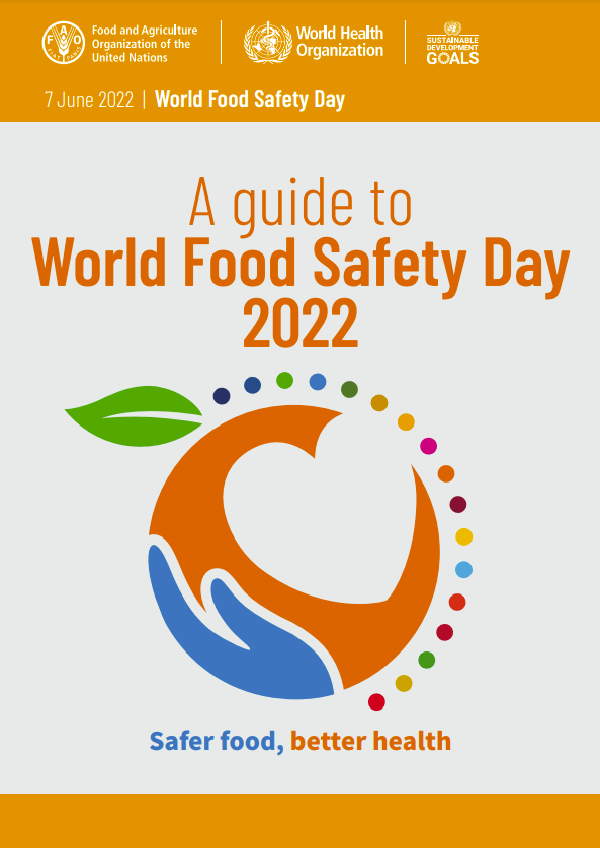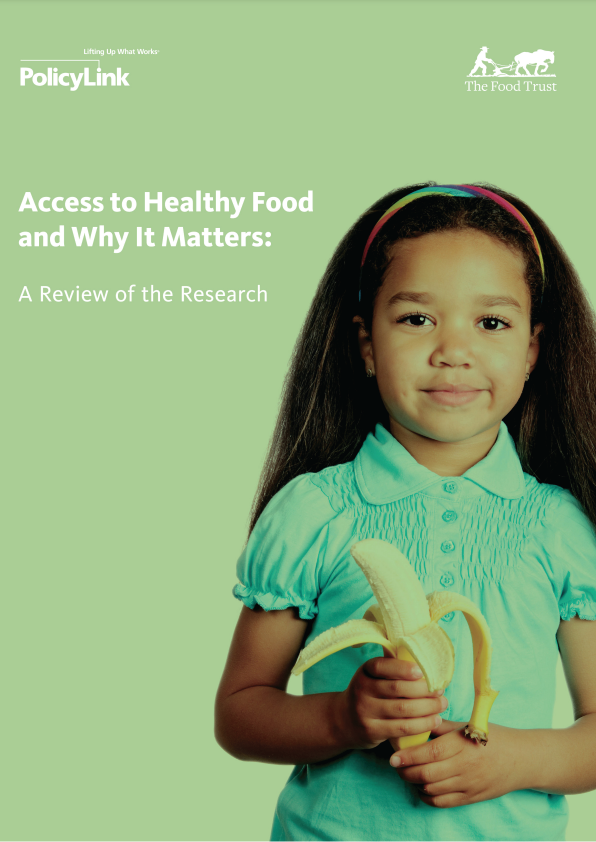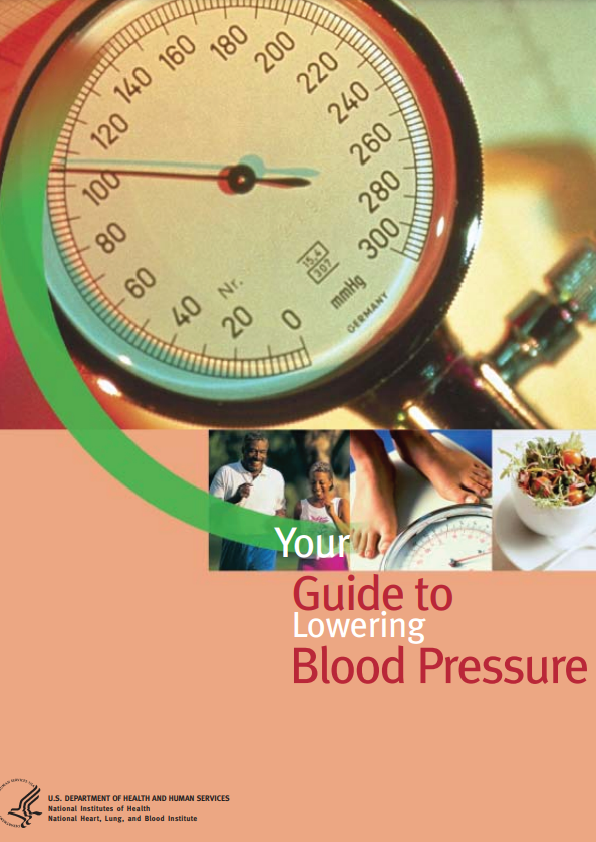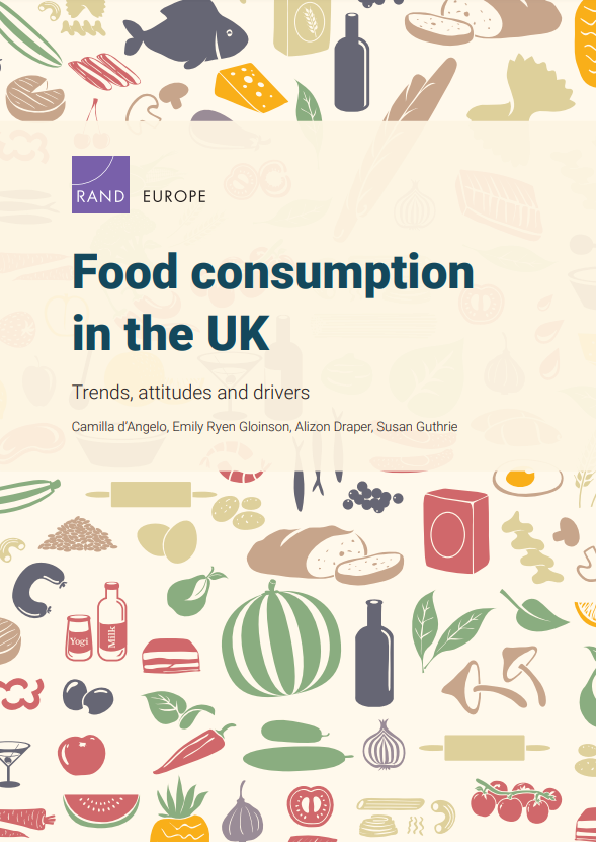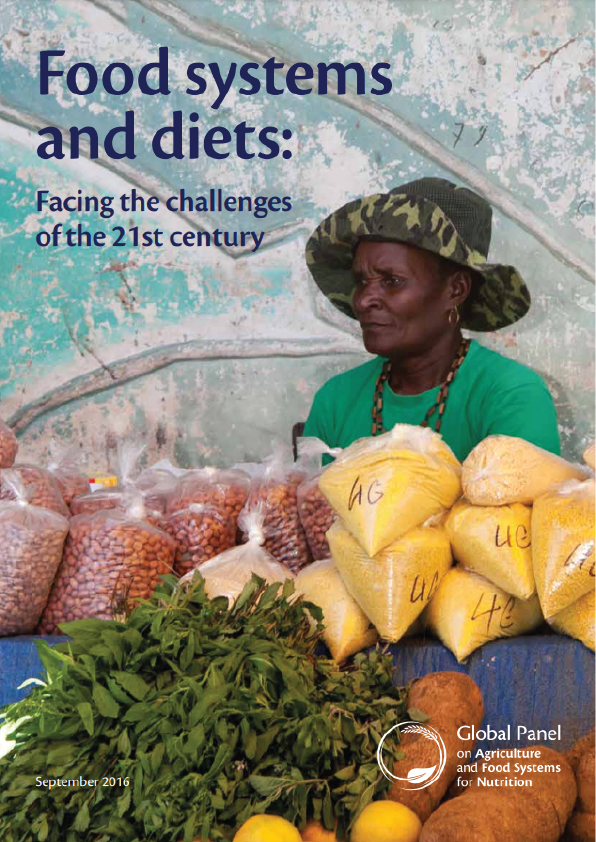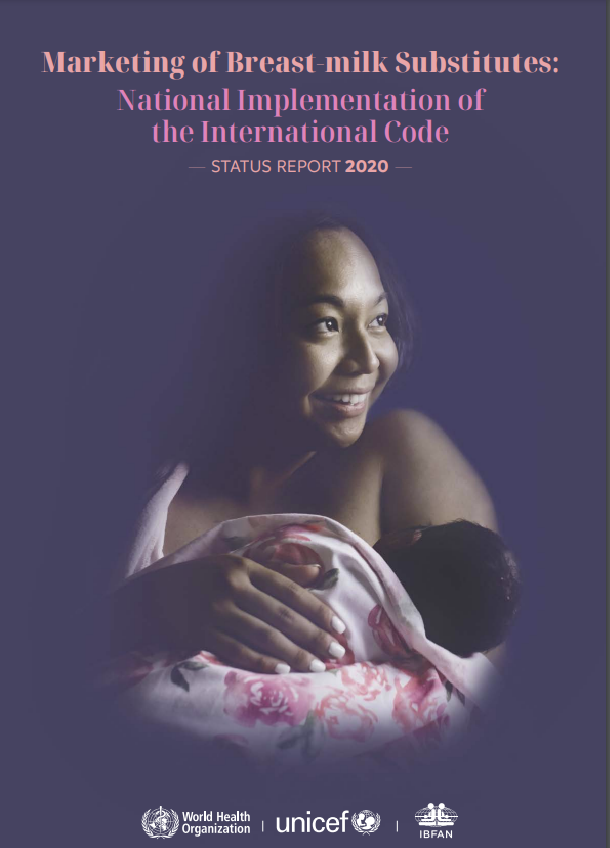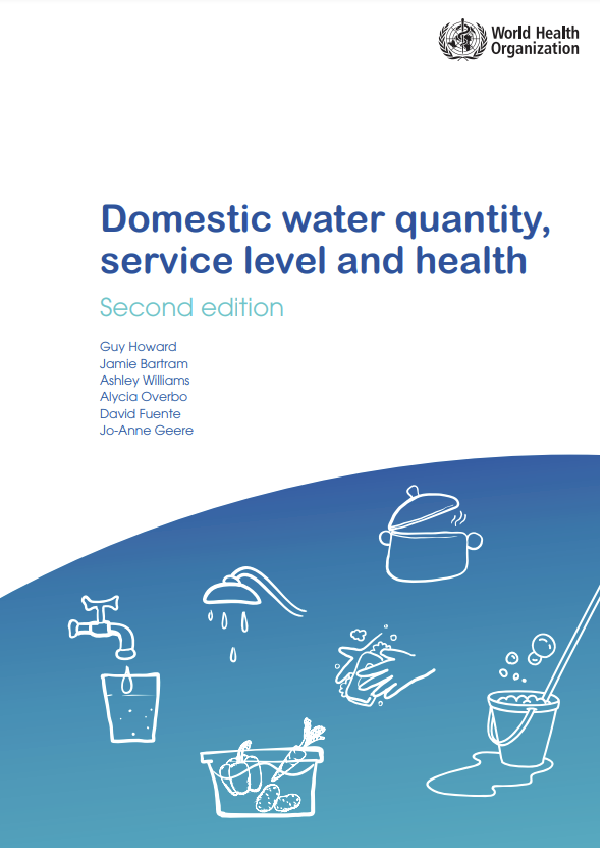Out-of-home foods are a popular feature in South-East Asian countries, with street foods and kiosks supplying a large proportion of the daily food intake of populations. With urbanization, the trend of out-of-home food consumption is increasing, and include street foods, online food deliveries and restaurant foods. The food and beverages that are part of the out-of-home food environment are generally high in salt, sugar and fat, and contribute to overweight/obesity and dietary risk of NCDs.
While the focus of country food control systems on out-of-home foods have been on food safety, the healthfulness of such foods needs further attention.
This case study based framework is a progression in the work initiated through a FAO WHO meeting on informal foods held in Bangkok in 2019, and it highlights the basic actions needed to improve the quality of foods sold out-of-home.
Out-of-home foods
Out-of-home food consumption is increasing in popularity among Asian populations due to rapid urbanization and the consequent busy lifestyles, as is also the case globally.1,2 In Asia, out-of-home foods include ready-to-eat foods sold in restaurants, small-scale eateries, market stalls, street vended foods and, lately, food delivery services. Foods from small eateries, market stalls and street foods and beverages play a critical role in the cultural and social aspects and lifestyles of Asians across the entire socioeconomic spectrum.2,3 Out-of-home eating is not only a convenience-driven trade in urban cities, but also of cultural and economic importance, with significant revenue generation. A sizable segment of poor communities engages in the street food trade as a means of livelihood.
Out-of-home foods contribute to food security by improving accessibility, especially in urban South-East Asia, through providing affordable, tasty foods at convenient locations. Many people consume at least one out-of-home meal or snack every day, and sometimes all three meals are sourced from out-of-home foods.2,4 While foods available in large restaurants/chains, small scale restaurants, eateries and street vended foods are all considered out-of-home foods, the focus of this document is on small-scale eateries, market stalls and street vended foods in particular, though other sources are also considered. Businesses may be formal establishments but more often, they have no formal legal or regulatory identity or protection, which is a challenge to implement any food safety or dietary standards.
Characteristics of out-of-home foods
While some out-of-home meals and snacks contain multiple food groups and are healthy, many tend to be of poor dietary quality; starchy, energy-dense foods, high in saturated or trans-fats, sodium and sugars and low in essential nutrients.6 Food safety, including food adulteration, use of substandard and contaminated products, unclean food storage, cooking practices, and chemical contamination are of concern.
Out-of-home foods are diverse, not only across regions but also differ between vendors, much of it being country-specific and undocumented. The recipes, ingredients, and means of preparation differ widely. While the out-of-home food trade benefits food security and the economy, urgent attention is required to improve food quality and safety to safeguard the health of millions of people.
WHO/FAO Inter-Regional Meeting to promote healthy diets through the informal food sector
The WHO/FAO Inter-Regional Meeting to promote healthy diets through the informal food sector in Asia was held in August 2019 in Bangkok.9 During the meeting, country/city experiences supporting safe and healthier out-of-home foods were shared, especially with regard to street-vended foods and food safety policies and programs. While there is a dearth of published literature on promoting healthier out-of-home foods, the experiences shared by countries on ensuring safer and healthier meals in restaurants and in street eateries and stalls were useful. Improving the dietary quality of out-of-home foods is a complex task, particularly so for foods sold in small eateries and by informal vendors.
